Jefford on Monday
I’ve been trying to get to the Burgundy harvest for years. September 11th, I thought, would be a safe date to catch some of the 2015 action. There were, as I hopped off the train, a few desultory groups out in the vineyards sweeping up the left-overs in languid sunshine, but all of the great vineyards I peered at up and down the Côte were looking neat, tidy – and grapeless. Missed it again.
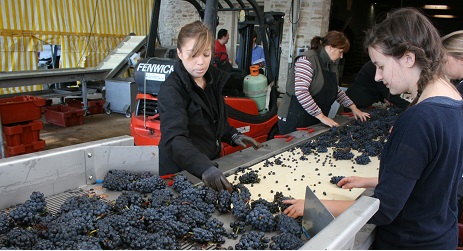
Never mind: it’s all good news. Winemakers Cyrille Jacquelin at Albert Bichot and Frédéric Barnier at Louis Jadot filled me in, beginning with the weather. ‘There was almost no winter this year,’ said Barnier. Spring was unstressful, too – and then came the heat. ‘We had days over 40˚C in June,’ continued Barnier. ‘No one could remember that before. Flowering was over very quickly: start to finish in 10 days. And then we had 50-60 mm of rain just after flowering. That’s a vital element for understanding the vintage in Côte d’Or, especially when you compare it with the Mâconnais and Beaujolais.’ Why? Because July was fiercely hot, too – but the post-flowering rain kept the Côte d’Or vines perky. Beaujolais and the Mâconnais missed out on that drink, and their vines were struggling, with wilting leaves, by July’s end.
August, fortunately, was more mixed as a month than its two predecessors, and the stress of high summer meant that véraison (the grape-skin colour change) took a little longer than many had expected. A few more showers, and some cooler, cloudier weather during the first part of August eased the pressure before the heat then returned at the end of the month. By then the grapes were ready to ripen fully. It was a quick, efficient and joyful harvest in perfect weather during the first ten days of September.
The berries are small. ‘Our picking cases normally weigh 25.5 kg,’ said Jacquelin, ‘but this year they are more like 23.5 kg.’ There was a lot of millerandage (inconsistent bunch development), and recent vintage struggles meant that the vines were not in generous mood, despite the perfect flowering weather, so this will overall be a more tight-fisted vintage than 2014 – down around 30 per cent. Most unfairly, though, the areas of the Côte de Beaune worst hit by hail in the last few years (like Beaune itself, Pommard and Volnay) may be down by 50 per cent, as the vines continue to convalesce from their heavenly battering.
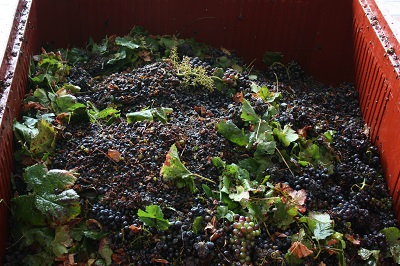
Oidium (powdery mildew) was a problem this year, too, and parts of Chablis were hit by pre-harvest hail on September 1st. Bichot itself owns more vineyard land in Chablis than in any other part of Burgundy thanks to its Long-Depaquit holdings, and the hail came in the small hours. ‘I began to get phone calls at about 6.30 am,’ said Albéric Bichot. ‘All together, about 350 ha of the region have been affected. We suffered in Blanchots, Montée de Tonnerre and a bit of Les Clos. Fortunately, though, the fruit was almost fully ripe.’ Poor little Irancy took the worst of the falling ice. Those affected harvested instantly, and after plenty of work on the sorting tables the damage in Chablis looks minor. (There is no talk, by the way, of Drosophila suzukii or acid rot anywhere this year, in contrast to last.)
Sorting tables in the Côte d’Or were almost superfluous in 2015, something which is unthinkable after most harvests. The bunches I looked at were tight, closely packed but strikingly healthy, with thick skins. (‘Chewing the skins is like chewing gum,’ joked Jacques Devauges of Clos du Tart.) Indeed the general healthiness of the entire bunches meant that at both Bichot and Jadot, where destemming is the norm, some experiments are being made with the use of stems this year. ‘We’ve got the maturity you need,’ said Jacquelin. ‘If you can do it, it adds longevity and freshness.’
Despite the heat of mid-summer, both Barnier and Jacquelin are happy with the acid levels and overall liveliness of the musts (and the juices I tasted with them were splendidly alert and alive, almost electric); the pHs, sitting at around 3.5 at harvest, are encouraging. Another happy surprise is that growers were expecting whites to lag behind the reds, but in the event both are looking exceptionally promising, though Barnier feels that the vintage will leaves its mark on the whites a little more prominently than the reds. There is geographical as well as varietal consistency: both the Côtes de Nuits and the Côtes de Beaune are spruce.
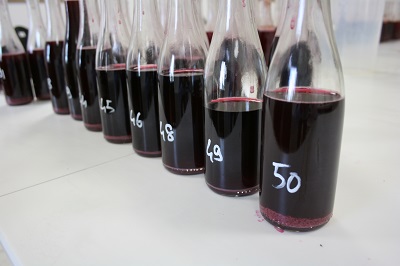
So what vintage will the 2015s resemble? It is, of course, too soon to say for sure. No one’s suggesting that it’s another 2003: August was temperate in 2015. The fruit is more concentrated than in 2009 thanks to a smaller harvest, though analytically the figures are similar; berry and juice tastings suggest more ripeness than in 2010 and 2012, though not necessarily less freshness. The 2005 vintage looks like an obvious point of comparison, but many in Burgundy are surprised (and pained) by how ‘hard’ the 2005s are proving in the bottle, and I got the sense that both Jacquelin and Barnier felt that they might be able to improve on the structural aspect of the wines and the quality of the tannins in 2015 by comparison with 2005.
Burgundians are by nature a modest lot, and resist the extravagant early claims to which Bordeaux is prone, but let’s say that it is at least possible that the 2015 vintage in the Côte d’Or will be a very great one. Start saving now.
A taste of Bichot
Run by the pragmatic, laid-back and pretension-averse Albéric Bichot from his house amid the vines of Pommard, the wines of this mid-sized négociant have been rapidly improving over the last decade. Here are four to look out for.
2013 La Moutonne, Chablis Grand Cru, Long-Depaquit
From just 2.24 ha in Vaudésir plus a 0.11 ha nibble of Les Preuses, this lieux-dit monopole among the Grand Crus has only had three owners in five centuries. The 2013 is a soft, graceful Chablis with scents of linden blossom and vine flower and a deep, structured, mellow yet vivid flavour: ample and mouthfilling, yet poised too. I like Grand Crus to have a little breadth to them, to take them beyond Premier Cru pungency and stony asperity; this does. 93
2013 Secrét de Famille Pinot Noir, Bourgogne Rouge, Bichot
A parcel selection with lower yields and more fastidious handling than for most regional red burgundy. Clear and light in colour, with a pungent blast of raspberry and cherry dominating the aromas; pure, fresh, long and tapered flavours, ideal for serving lightly chilled in order to point up the subdued but purposeful tannins. Delicious and refreshing. 88
2013 Pommard Premier Cru Rugiens, Domaine du Pavillon
Deep red, with intriguing scents of wax, incense and metal shavings. A cascade of plums on the palate: chewy and exuberant. Pure Pommard. 90
2013 Vosne-Romanée Premier Cru Malconsorts, Domaine du Clos Frantin
Some evident oak but a gale of orchard blossom beneath. Vivid, pure and resonant flavours with plenty of sinew and sap: a classical mid-term mouthful from the village we all dream of. 91
Translated by Nina Fan Feng / 冯帆
All rights reserved by Future plc. No part of this publication may be reproduced, distributed or transmitted in any form or by any means without the prior written permission of Decanter.
Only Official Media Partners (see About us) of DecanterChina.com may republish part of the content from the site without prior permission under strict Terms & Conditions. Contact china@decanter.com to learn about how to become an Official Media Partner of DecanterChina.com.


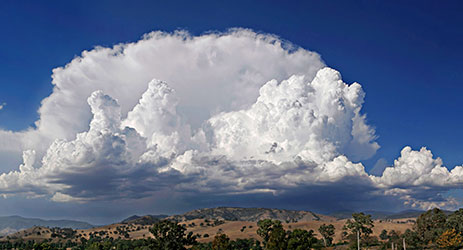
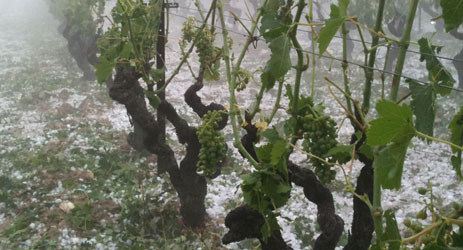
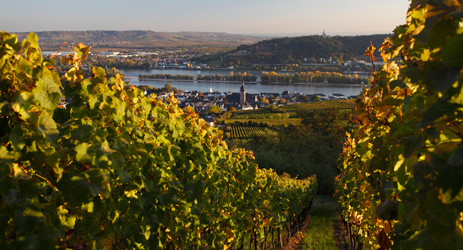
Comments
Submit